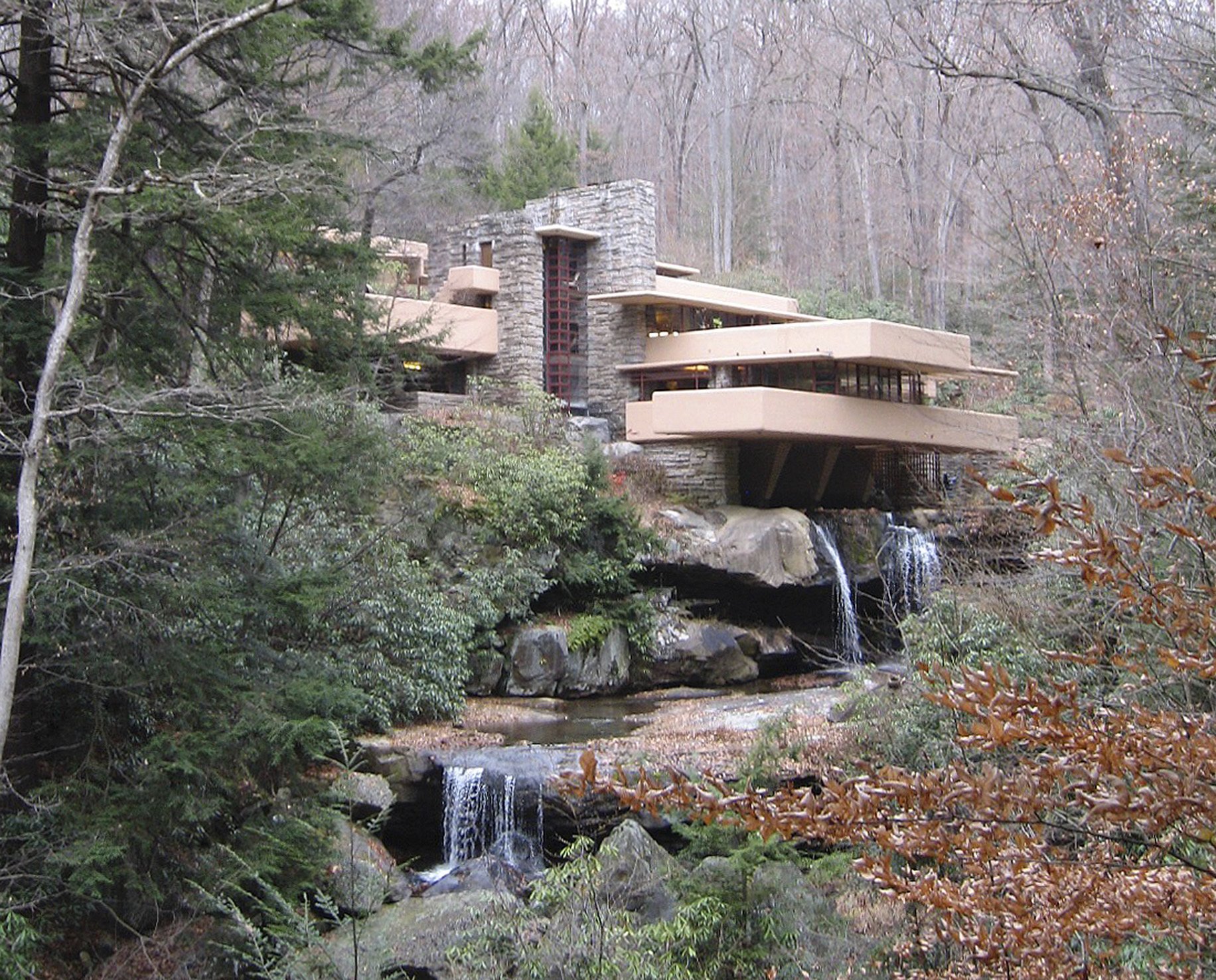Geometry in the Garden Pt. 1
Nazca lines, Peru. NASA.
Peter Newman, July 4, 2024
Geometry, n. / dʒɪˈɒmɪtrɪ / jee-om-i-tree
[C14: < Latin < Greek geometria to measure the land]
There are not many straight lines in nature.
Beams of sunlight, through a break in the clouds or a forest canopy.
A redwood tree across a thousand years, or bamboo’s youthful defiance of gravity.
The flight path of birds, or fish scattering in water.
Columns of basalt rock.
Crystals.
The sea horizon.
A shooting star.
The apple falling from a tree.
Things of inherent wonder. Often fleeting, and somehow related to the laws of physics.
Invisible structures that define the universe.
Endless straight lines can be imagined. We connect the stars in the night sky, or see an ideal way forward. So, it’s perhaps inevitable humans derive satisfaction from an almost godlike formation of straight lines onto the domain around us. Here we are, they seem to say, aligned with creation. Our presence is easily identified by geometries in contrast to a wild organic landscape.
A sense of order in geometry is comforting in the face of an unpredictable world. Archaeology unearths walls and floors from earlier times. The modern sky is inscribed with vapour trails. Our existence can be seen from beyond our sphere, in the Nazca lines of Peru, the Pyramids in Egypt, or the circuit grid cityscapes in which the majority of the world’s population now live.
Fallingwater, 1938. Frank Lloyd Wright. Image by Peter Newman.
Yet a desire to get closer to nature often involves designs quite opposite to the nature they seek to be amongst. When the Kaufmanns asked Frank Lloyd Wright (1867-1959) to design them a house, they imagined it with a view of a waterfall they loved, in the woods of Pennsylvania. Wright raised the bar by unifying the house and waterfall. In doing so, he made a home that is literally and symbolically at one with nature. Fallingwater sits in harmony materially, built from local stone. Inside it hugs the earth, the rock on which it rests becoming part of the floor. Yet outside, it hovers between river and trees, levitating, cantilevered, orthogonal. A set of crisp rectangles, stacked on top of each other.
A garden is a framing of nature. A composition in a given space. A place for discovery, memory and reflection. The passing seasons mark chapters in the progress of time. Past, present and future, are all implicitly there.
We’ve evolved to recognise symmetry. It’s useful for noticing other living things. All vertebrate creatures, and many invertebrates, possess a bilateral symmetry. The language of symmetry in the garden, either its presence or absence, is an intrinsic part of the experience.
Formal gardens are animated by reflectional symmetry. French Parterres or English Knot gardens, arranged close to a building and intended to be seen from above. Some possess a radial symmetry, like the gardens of the Taj Mahal. The fourfold symbolism invokes descriptions of paradise as a garden of abundance, through which run four rivers.
The association of a garden with ideas of paradise goes back a long way, and is present in many mythologies and beliefs. The word paradise derives from the Avestan pairiidaeza from ancient Persia, meaning enclosure or park. Mystical gardens frequently infer the attainment of worldly pleasures. Equally, paradise can mean freedom from a cycle of desires. But to be ‘in the garden’ ultimately describes an ideal state of being.
Peter Newman is an artist. There are two permanent installations of his Skystation works in London, at Nine Elms and Canary Wharf.

